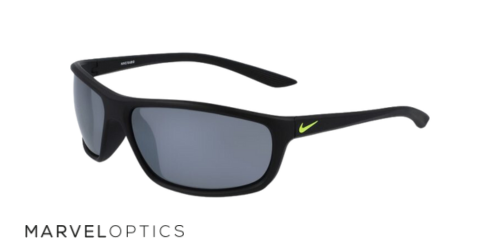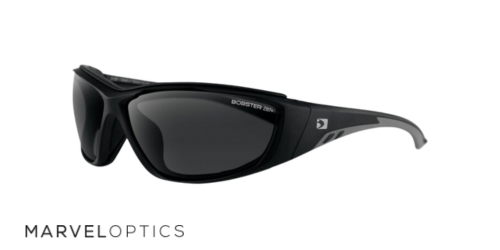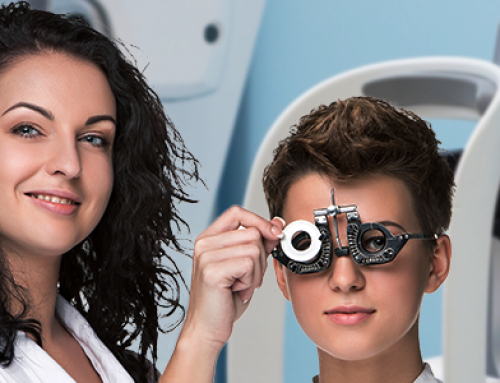Photochromic lenses offer a unique solution for those who need both eyeglasses and prescription sunglasses. These lenses can darken and lighten based on the surrounding light conditions, making them a versatile option for people who frequently move indoors and outdoors. Let’s explore more about these lenses and how they can benefit you.
What Are Photochromic Lenses?
Photochromic lenses are a special type of eyeglass lenses that can change their tint in response to the amount of light they receive. When you’re indoors, the lenses remain clear like regular eyeglass lenses. But once you step outside into bright sunlight, they darken to provide the same protection as prescription sunglasses. The-reactive chemical reacts to UV rays, achieving this adaptive feature. These lenses are known as light adaptive, variable tint, or photochromatic lenses.
How Do Photochromic Lenses Work?
When exposed to UV radiation from sunlight, photochromic lenses undergo a chemical reaction that causes them to darken within approximately 30 seconds. Once you move back indoors or away from UV rays, they gradually lighten back to their clear state in a few minutes. You can combine these lenses with various treatments, such as anti-glare coatings. Additionally, they come in different materials and colors to choose from. They are compatible with progressive and bifocal lenses, catering to different prescription needs.

Photochromic Lenses Vs. Transitions
People often use Photochromic lenses and Transitions lenses interchangeably. While all Transitions lenses are photochromic, not all photochromic lenses are Transitions. Transitions lenses provide 100% protection against UVA and UVB light, making them a popular choice for many people.
Prescription Sunglasses Vs. Photochromic Lenses
Prescription sunglasses work well when you need to be outside in the sun for a long time, protecting your eyes from harmful UV rays. If you’re constantly moving between indoor and outdoor environments throughout the day, photochromic lenses are a great option. They can adjust their tint level automatically based on the amount of light present, providing the optimal level of protection and vision clarity. When deciding between the two, consider your daily activities.
Prescription sunglasses offer darker tints and are suitable for activities like water sports or snow activities where you face bright reflections. On the other hand, photochromic lenses provide convenience for quick transitions and are perfect for those who prefer a minimalist approach with one pair of glasses.
Pros of Photochromic Lenses
- Convenience: Photochromic lenses eliminate the need to switch between regular glasses and prescription sunglasses. This saves you from the hassle of carrying multiple pairs and the risk of forgetting your prescription sunglasses when needed. They are especially beneficial for children who wear eyeglasses.
- Cost-effective: These lenses typically last around three years, which is longer than the lifespan of a typical eyeglass prescription. By having a pair of glasses that serves both purposes, you save money in the long run compared to buying separate prescription sunglasses online.
- Versatility: Photochromic lenses continuously adapt to changing light conditions, reducing eye strain and providing full UV protection outdoors. They adjust their tint to provide optimal visibility even on partly cloudy days, unlike fixed-tint prescription sunglasses. Some photochromic sunglasses can offer additional darkening for bright outdoor conditions, making them suitable for various outdoor activities.
Do Photochromic Lenses Work Inside The Car?
Most photochromic lenses do not work effectively in the car because car windshields have a built-in UV-blocking layer that prevents the lenses from darkening. However, due to their unique technology, specific photochromic lenses like Transitions lenses can still darken behind the windshield. Photochromic lenses remain clear for night driving, providing clear vision without any added harm or benefit compared to regular prescription eyeglasses.
Cons of Photochromic Lenses
While photochromic lenses offer many advantages, there are a few limitations to consider:
- Limited coverage: Small-framed eyeglasses with variable tint lenses may not provide sufficient coverage to block out the sun effectively. For maximum protection, larger frames that cover a wider area are advisable.
- Less darkness than prescription sunglasses: Photochromic lenses do not darken as much as traditional and cheap prescription sunglasses, blocking a maximum of 75% of light compared to sunglasses’ potential 85% light blockage. Therefore, in very bright conditions, they may not provide the level of protection you desire.
- Specific situations: Photochromic lenses may not be suitable for certain activities. For example, they may not darken enough to combat glare from shiny surfaces like snow and water. Additionally, prescription sports sunglasses offer better impact resistance and comfort if you engage in high-impact sports.
What Is the Best Color for Photochromic Lenses?
Grey lenses are considered the best choice for photochromic lenses. They offer all-around protection from the sun’s rays while enhancing contrast. Brown and green lenses provide better contrast for colors like blue and green, making them more suitable for water-related activities. However, grey lenses offer the most versatility and protection for different light conditions.
Polarized Vs. Photochromic Lenses: Which is Better
Polarized lenses and photochromic lenses employ different technologies to enhance vision in specific conditions. Polarized lenses reduce glare caused by horizontal light waves bouncing off surfaces like water or snow. They work best for boating, fishing, driving, and other outdoor activities. However, polarized lenses don’t provide UV protection on their own and may make it challenging to see certain screens or icy patches.
Photochromic lenses, on the other hand, adjust their tint based on the surrounding light conditions, offering continuous adaptation. They provide comfort in varying light settings and are suitable for activities like hiking, golfing, biking, and gardening. Some photochromic lenses may incorporate polarization or combine them with tinted lenses to provide better protection from the sun.
The choice between polarized and photochromic sunglasses depends on your needs and activities. Photochromic lenses are more suitable for individuals who frequently transition between indoor and outdoor settings and prefer carrying one pair of glasses. Polarized lenses are excellent for reducing glare in bright, sunny environments and work best for outdoor activities like boating, fishing, and driving.
Final Thoughts
Both types of lenses serve distinct purposes and offer unique advantages. Understanding your lifestyle and specific requirements will help you decide when selecting prescription sunglasses or eyeglasses with photochromic or polarized lenses. Remember to prioritize UV protection and choose lenses that provide the desired comfort and clarity for your activities.









